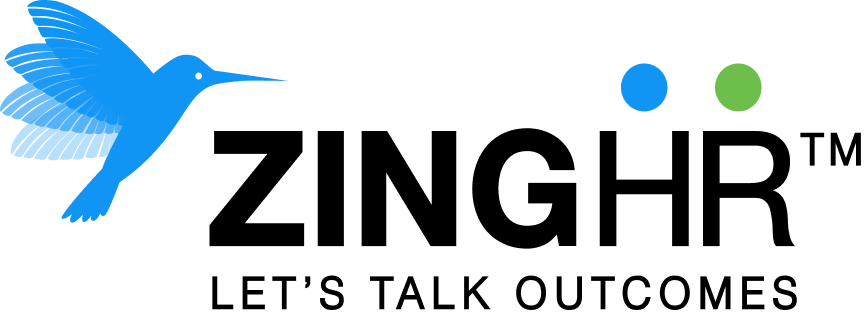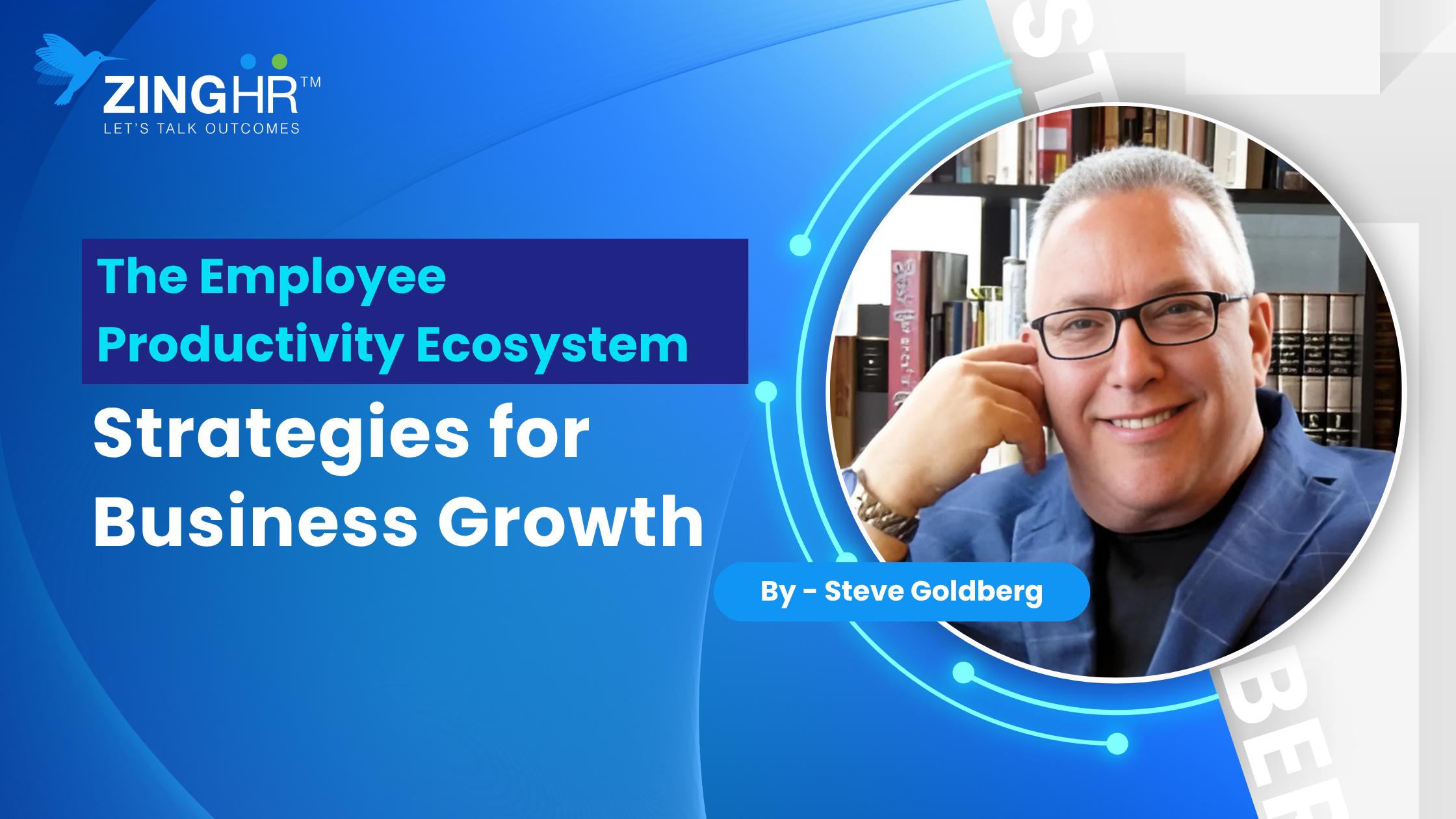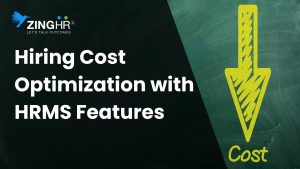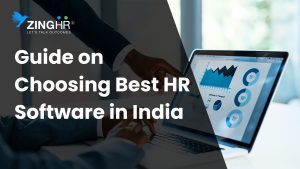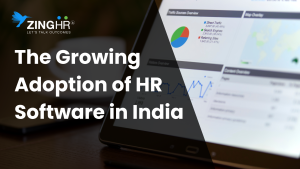Since the word ecosystem typically refers to a community of living organisms that interact within different patterns, its use in relation to an employee productivity discussion is not quite common. In my view, this has been a missed opportunity so far for the HCM / HR Technology industry.
My rationale is that the living organisms in today’s workforce community–– employees, managers, perhaps contractors and consultants, certainly HR teams – all interact in a variety of ways, with the individual or collective impact on productivity often being varied if not unpredictable. For one thing, the different purposes for the interactions and the forms they take, as well as all the possible surrounding context for the interactions, can all directly impact employee productivity.
Examples might be a team working together and whether or not roles are well defined and their skills complementary; or it might involve a mid-level manager being coached by a senior executive; or two new employees starting the same week but one’s onboarding occurs in-person, includes a social element and is very well designed, while the other’s onboarding happens remotely and is likely a more impersonal, less engaging experience.
The point is that the various factors that can influence employee productivity, and how they combine or interact together, are often what makes this ecosystem so challenging to isolate cause and effect. That said, given that improving workforce productivity, even modestly such as by 5% overall, does yield major value creation – especially when it’s a larger enterprise This makes elevating workforce productivity one of the most reliable paths for a business to ascend to higher industry rankings.
Employee Engagement Research
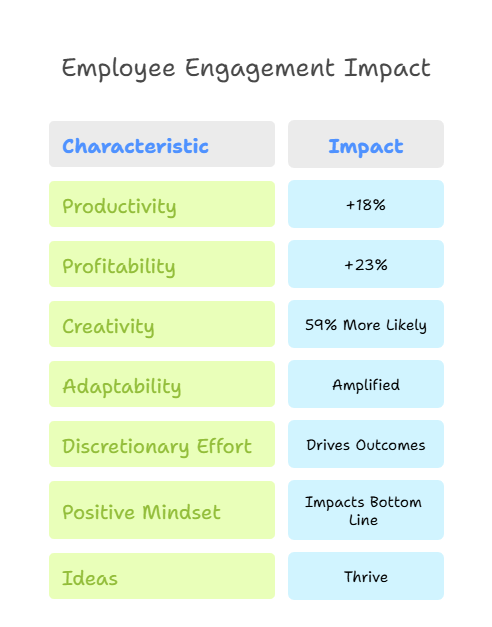
Clearly one of the biggest correlates of higher employee productivity is employee engagement. In fact, throughout my long career in HR and HR Tech I’ve emphasized what I refer to as the ‘alternative ERP acronym’ for Engagement, Retention, Productivity.
According to 2023 Gallup research, companies with high employee engagement experience 18% more productivity and 23% more profitability than those with low engagement. This is logical because engaged employees exhibit higher levels of discretionary effort, take greater ownership of their tasks, basically go the extra mile, and usually have a greater ability to be resilient in the face of change or adversity.
Even without considering their skill or proficiency levels, or the quality of a manager, we know that a positive, can-do approach and the taking of accountability for end results all translate into better bottom-line results.
Moreover, engaged employees are found to be 59% more likely to be creative and innovative, which means they are often sharing ideas, contributing to more effective practices, and can generally be counted on to bring solutions to their employer’s workforce-related challenges.
Employee Value Indicators (EVI’s), and Employee Lifetime Value (ELTV)
“Employee value indicators or EVI’s” is a term I came up with years ago when operating as an HR executive in investment banks. I defined it as any and all sources of meaningful and tangible value an employee brings to the organization, whether or not related to their job.
Classic examples are mentoring and coaching others, supporting the on-boarding or ramp-up process with team members, funneling operational improvement ideas to the Ops team, or even channeling sales leads to the Sales team. The key point here is that EVI’s should be considered part of an employee’s productivity ecosystem in that they might be affecting others’ productivity, and vice versa.
Employee Lifetime value (ELTV), a Thumbnail Definition
ELTV is another lens to use when looking at whether productivity is trending up, down, stalled, etc., and it is typically defined as the total net value over time that an employee brings to an organization through both their direct and indirect contributions, decisions and actions.
For visual learners, the concept is illustrated in the graph below, which presents ELTV in terms of the employee lifecycle. The X axis represents time, spanning from the start date to the day the employee leaves, and the Y axis represents employee output. (Note: The numbers on the Y axis represent relative value).
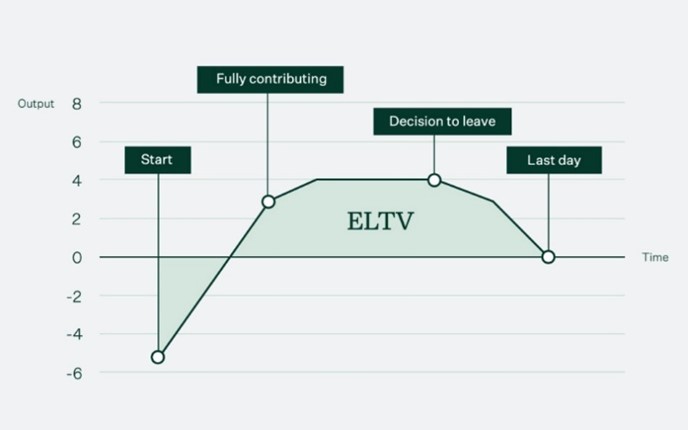
Today’s leading HR and talent executives know that maximising employee lifetime value is core to their job, and that designing programs and upholding practices to ensure a positive ELTV begins with two things:
- Knowing its key drivers as well as barriers
- Educating and influencing on how to best measure and manage both of the above
Why is this important? Following this blueprint is helpful to ensure companies are realizing ROI on all people-related costs and investments, given these often account for 70% or more of a typical operating budget. And as far as measuring ELTV ‘on average’ at your organization, there are three critical dimensions of ELTV that provide reliable and meaningful results.
One of these methods to measure ELTV is to calculate your company’s average yearly revenue, divide it by the number of employees contributing to the revenue, and then multiply by the average tenure of those employees. That’s your average ELTV metric.
From Operational Onboarding to Immersive Onboarding
We know that the typical onboarding process for new employees has, through the decades, mostly connoted getting on payroll, enrolling in benefits, and completing compliance-related forms. By way of contrast, a modern, high quality onboarding experience (e.g., personalized, digitally efficient and engaging) strongly correlates with high employee engagement, which ultimately impacts employee retention and productivity – both early on and longer term. Something as simple as having an HR tech platform make introductions to others that can perhaps serve as an “onboarding buddy” go a long way.
These dynamics occur when this critical process is enabled with best-in-class HR technology such as the on boarding experience enabled by the sponsor of this blog – ZingHR, one designed to leverage maximum digitization for employee engagement purposes while minimizing time-to-productivity.
Employee onboarding is also critical for building strong employee lifetime value. It’s often the biggest missed opportunity for organizations to retain top talent and get new hires up to speed quickly.
And there’s plenty of data to back this up, e.g.,
- 20% of employees quit within the first 45 days of employment.
- 30% of new employees voluntarily leave their jobs within the first 90 days.
- 32% of employees find onboarding confusing, with 22% describing it as disorganized.
- Just 12% of employees ‘strongly agree’ that their employers do a good job with onboarding.
That said, I’ve long advocated for renaming employee onboarding “immersive onboarding” to better convey the real mission of this critically important HR process, i.e., to enable new employees to immerse themselves in their job, team, company culture and mission.
When onboarding is immersive, new hires are better equipped to navigate early challenges by connecting with colleagues who can offer relevant and specific support. Finally, the key to successfully executing immersive employee onboarding lies in having a structured onboarding.
As highlighted in one of the onboarding studies a few years ago, employees are 58% more likely to stay with a company for three years with a structured onboarding experience that includes automation, reminders and other suggestions / prompts, and a central hub of information with the most relevant information and content automatically served up.
This setup allows new employees to fully explore and understand all aspects of their company and role.
From an HR / HCM Technology standpoint, best-in-class onboarding -– a major pillar within the employee productivity ecosystem — often includes system functionality that can facilitate many of these scenarios:
- Pre-boarding employees before they start, e.g., filling out essential forms before Day 1.
- Team members reaching out, so their new colleague immediately feels a sense of belonging.
- Company culture-centric activities like employee resource and affinity groups, mutual interest channels and conversations and mentorship opportunities.
- And as far as I’m concerned, the two most essential elements of best-in-class onboarding …
- Creating a very personalized and in-context 30/60/90-day plan to help the new employee understand their near-term goals and priorities and how these fit into longer-term expectations for their role.
- Investing in each new employee’s long-term development by having them share their career goals, align these to their role and help them visualize their future at the company.
Productivity-Driving HR / HCM Technology
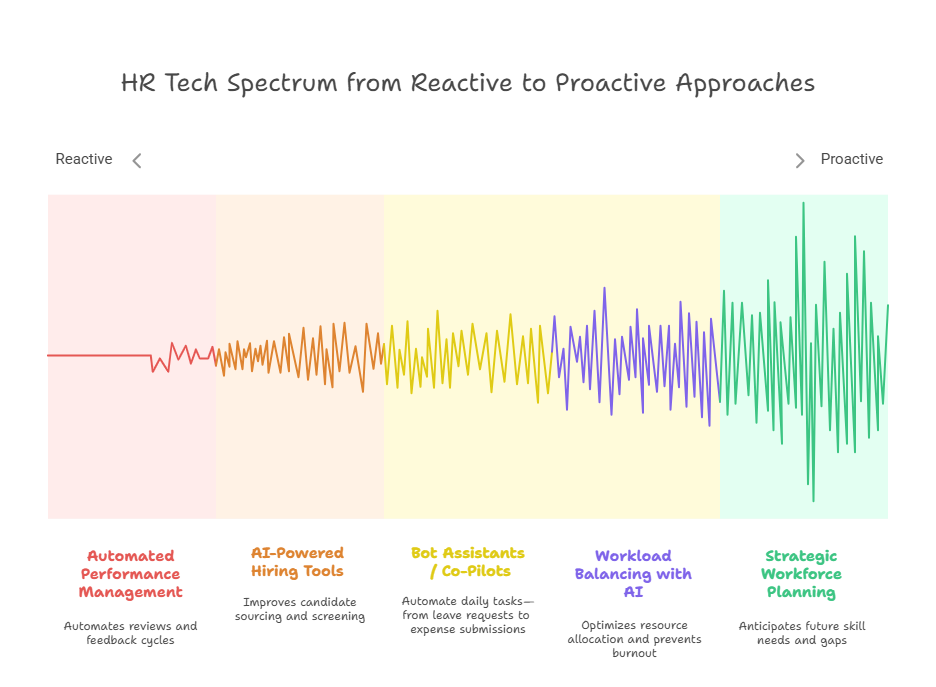
Some of the most often cited HR / HCM Software functionality viewed as key for maintaining high employee productivity include smart search (because the experience is based on what the system already knows about the individual and their work/job context); AI-powered employee growth dashboards that provide data-driven insights and recommended learning plans aimed at guiding an employee’s career development and productivity; and bot assistants or co-pilots that assist with day to day tasks and activities whether relevant to the individual and their job, or organizational processes such as properly submitting an expense report.
Then there’s a class of newer productivity-relevant and tech-enabled use cases brought to market such as the leveraging of AI to categorize one’s tasks as urgent or non-urgent based on algorithms and other information within an associated large learning model (LLM); optimal workload balancing, where AI redistributes tasks among team members to manage workload and prevent individual burnout and/or mistakes; AI-powered hiring tools that can accelerate the recruitment process, reduce bias, and help identify the best candidates, all of which leads to a faster time-to-fill or hire, and improved talent quality.
One last example I’ll give is my personal favorite: Strategic Workforce Planning, where the tech platform helps in identifying skill gaps and best mitigation routes, developing talent, planning for succession, and generally allowing organizations to better align their workforce with strategic goals.
Beyond the aforementioned areas where technology enables better productivity, we must also highlight the one foundational component of an HCM platform that was likely the first to be directly associated with employee productivity in the early days of this industry, namely an automated performance management process.
This usually includes features like goal setting, 360-degree feedback, and performance appraisals oriented around aspects such as job expectations, tracking progress toward higher competency and performance levels, and identifying areas for improvement. Naturally the more of these HCM systems capabilities that can be enjoyed on a mobile, the better the outcomes for employees and the organization.
Concluding Remarks
Award-winning author, serial entrepreneur and executive coach to CEOs, Richie Norton is often featured in Forbes, Bloomberg, Businessweek, Inc, Entrepreneur and Fast Company. As he’s one of my favourite speakers and authors, I’ll take this opportunity to showcase one of his many memorable quotes: “Productivity is to create asymmetrical situations where one good input can create many good outputs.”
Offering some examples of what that “one good input” might be, an obvious one is adding a new team member with skills that are complementary or that address skill gaps across the team.
Perhaps a less obvious examples of “good inputs” would be a manager that encourages mental breaks during periods of continuous high stress; or a new, well designed change management program; or – of course – deploying some new HR / HCM Technology designed to function as an employee productivity ecosystem.

Steve Goldberg has been operating on all sides of HR, Payroll, HCM and HR Technology for over three decades and on three continents. After 15 years as a practitioner exec in Fortune 500’s, Steve led HCM product strategy at PeopleSoft as well as research practices at Bersin and Ventana Research. He also co-founded Recruiting Tech and Change Management firms. Steve has been recognized as a Top 100 HR Tech Influencer multiple times, earned an MBA in HR and a BBA in Industrial Psychology, and delivers talks at industry and solution vendor events around the globe. He currently serves as a strategic advisor to ZingHR.
